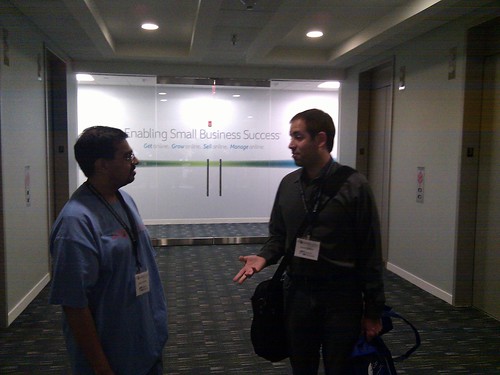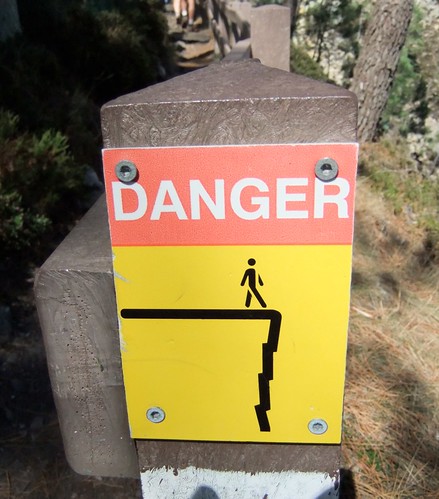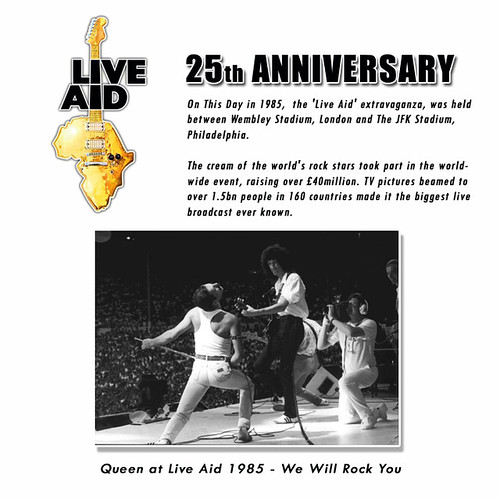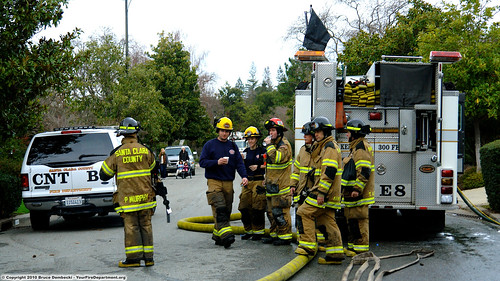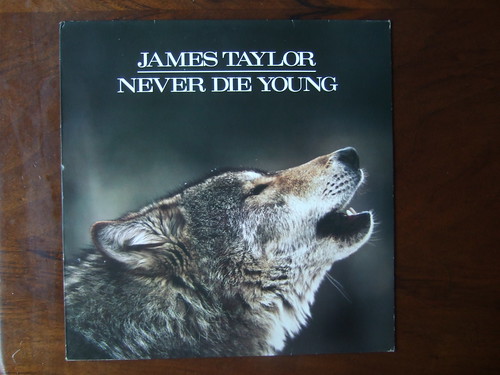 I have just been reading a very interesting article entitled The Rise and Fall of a Community
of practice: A Descriptive Case Study, by
Alton Chua. I can't find an online version for you, I'm afraid, but the article describes the experience of developing a community
of e-learning instructional designers at Holden
College, and
why the initiative, which seemed to enjoy a promising
start, fizzled out completely in less than one and-
a-half years.
I have just been reading a very interesting article entitled The Rise and Fall of a Community
of practice: A Descriptive Case Study, by
Alton Chua. I can't find an online version for you, I'm afraid, but the article describes the experience of developing a community
of e-learning instructional designers at Holden
College, and
why the initiative, which seemed to enjoy a promising
start, fizzled out completely in less than one and-
a-half years.Unfortunately this seems to happen all too often. I have spoken with many companies, with experience of attempting to use Communities of Practice, only to see them fizzle out and die.
The Holden College example shows typical reasons for failure, which can be summarised as follows.
1. The Community of Practice was too small. It covered a very narrow element of practice - the creation of e-learning content - and so only had 25 potential members. There is such a thing as Critical Mass for CoPs, which varies depending on the urgency of the topic and whether the CoP can meet face to face, but generally the Bigger the Better for CoPs. Shell, for example, started with 300 small CoPs, but when these struggled, amalgamated them into a handful of giant CoPs. The Holder college CoP was too small to live.
2. The domain was not really a practice domain, more a task domain. The members were primarily lecturers and teachers - creation of e-learning was a task (and for some an unwelcome task), and not a practice area that the members identified with. The CoP would not pass the "I am a ..." test. There was therefore little identification with the subject matter for the CoP.
3. The CoP had the opportunity to meet face to face, but found it difficult to organise meetings (partly because of reason 2 above - people did not identify with the topic, so did not prioritise it), and therefore fell back on electronic communication. Critical mass is far greater for CoPs that interact online, and the fate of the Holden College CoP was sealed at this point.
4. The leader and core group of the CoP decided to focus on "creating deliverables". The interviewed members said that they had joined the CoP to learn from each other, and yet here they were being asked to do additional work. Given that the CoP was voluntary, then people who were already busy, and who would get limited value from the deliverable, voluntarily resigned.
Contrast this with a CoP which I continue to monitor, which started on 1997 and is still going strong 16 years later. It contains nearly 2000 members, covers an area they identify with, has occasional face-to-face conferences, and is focused on solving the problems of the members.
That's how you give a Community longevity.
